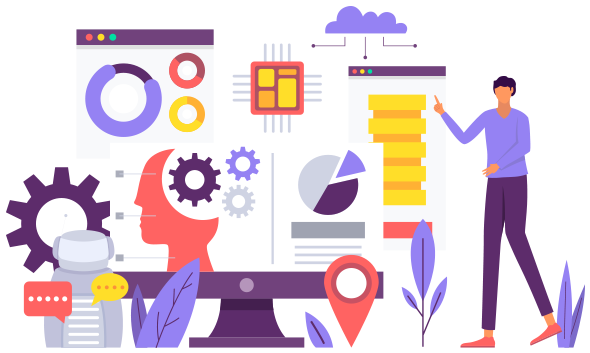
Demystifying AI and ML: A Journey into Intelligent Computing
In the realm of computer science, a revolutionary evolution is underway, and it goes by the names of artificial intelligence (AI) and machine learning (ML). These technological marvels are reshaping industries, providing a beacon of progress amid the challenges of digital transformation.
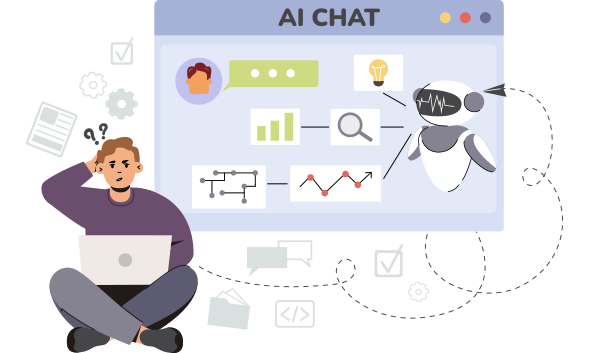
The Data Deluge and the Need for AI/ML
As organisations enter the depths of digital metamorphosis, they are struck with an overwhelming tsunami of data. This data, which is both a treasure trove and a burden, requires new tools and approaches. Here, the dynamic combo of AI and machine learning emerges as the guiding light.
Unveiling the Layers: What is AI?
AI, or artificial intelligence, encapsulates processes and algorithms that emulate human intelligence. Think of it as a digital mimicry of cognitive functions, including perception, learning, and problem-solving. Within AI's embrace, we find the specialized realms of machine learning and deep learning.

The Generative Force: Foundation Models and Generative AI
At the forefront of the AI revolution stands generative AI, built upon foundation models. These models possess a baseline comprehension of communication and pattern recognition. This baseline can then be fine-tuned to execute domain-specific tasks across diverse industries.
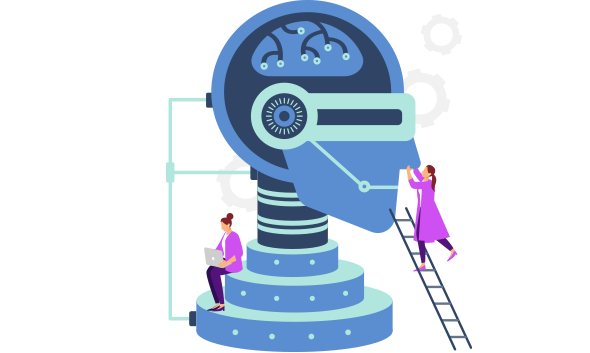
The AI Spectrum: Four Levels Unveiled
Delving into the layers of AI reveals four types—reactive machines, limited memory, theory of mind, and self-awareness. Reactive machines perform predefined tasks without learning, while limited memory systems learn from stored data. Theoretical levels, including understanding human thoughts (theory of mind) and achieving self-awareness, remain aspirational.
Unravelling ML: A Subset of AI
Machine learning (ML), nestled within the AI umbrella, exists in the realm of "limited memory." ML algorithms enable machines to learn and evolve over time. Three primary ML types—supervised, unsupervised, and reinforcement learning—bring diverse capabilities, from prediction to independent decision-making.
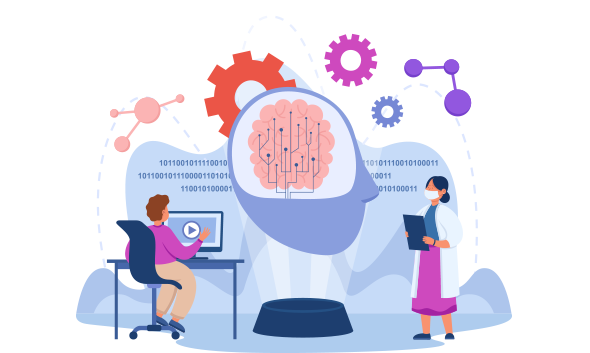
The Neural Symphony: Deep Learning Emerges
Deep learning (DL), a subset of ML, mimics human neural networks, eliminating the need for pre-processed data. With multiple layers, deep learning algorithms analyze vast unstructured data, advancing without human intervention. Practical applications include computer vision, facial recognition, and natural language processing (NLP).
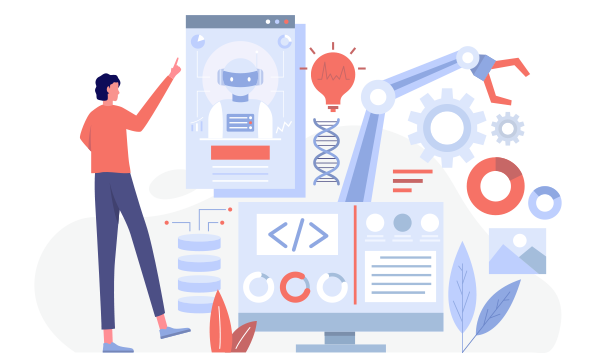
Navigating the AI/ML Landscape
AI encompasses ML, which, in turn, houses deep learning. Visualize this relationship as concentric circles, with AI at the outermost and DL at the center. Each layer brings distinct capabilities, with deep learning being the most advanced, boasting self-training algorithms.
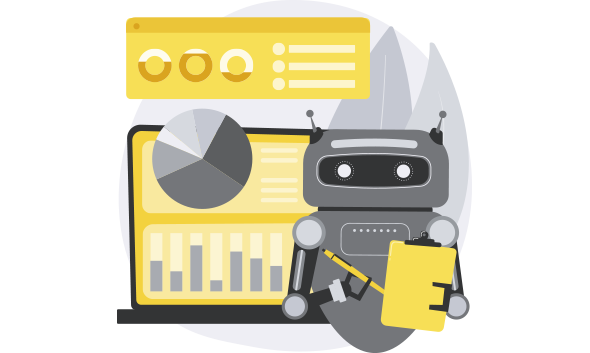
The Strategic Importance of AI/ML
In an era where data reigns supreme, AI/ML emerge as invaluable tools. They extract value from colossal data sets, offering insights, automating tasks, and elevating system capabilities. The transformative potential spans increased customer satisfaction, optimized services, revenue growth, cost reduction, and the creation of differentiated digital experiences.

AI/ML in Action: Practical Use Cases
The impact of AI/ML transcends the abstract, finding practical applications in various industries. In healthcare, predictive analytics aids in sepsis detection, while telecommunications leverages ML for customer insights. The insurance sector automates claims with AI, and financial services deploy ML for personalized services and fraud detection. Automotive industries leverage AI in autonomous vehicles, and energy providers optimize operations and develop predictive maintenance models.
MLOps: Nurturing the AI/ML Ecosystem
Machine learning operations (MLOps) draws inspiration from DevOps and GitOps principles, streamlining the deployment and maintenance of ML models. It establishes a continuous evolution, ensuring models stay accurate and relevant through continuous monitoring, retraining, and deployment.

Embarking on the AI/ML Odyssey
Initiating AI/ML endeavors need not be overwhelming. Small steps suffice. A phased approach allows organizations to explore the benefits incrementally, adapting to changing landscapes. As the AI/ML journey unfolds, the potential for transformative impact becomes apparent.
In Conclusion: The Quest for Custom Web Applications
As we navigate the landscape of intelligent computing, the need for custom web applications surfaces. These applications, tailored to unique business needs, offer a strategic advantage. Why embark on this quest? Hiring a custom web application company becomes the beacon, providing expertise, precision, and a roadmap to turn digital aspirations into reality. In a world shaped by intelligent technologies, the choice is clear—forge ahead with custom web applications for a future defined by innovation.
